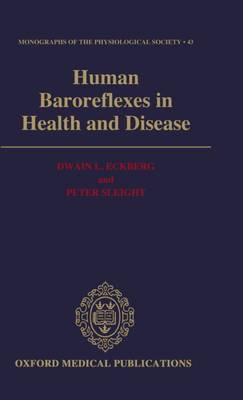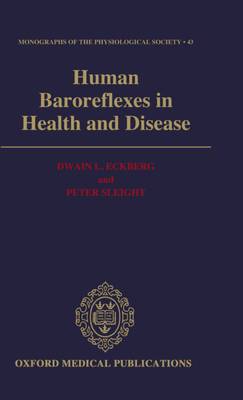
- Afhalen na 1 uur in een winkel met voorraad
- Gratis thuislevering in België vanaf € 30
- Ruim aanbod met 7 miljoen producten
- Afhalen na 1 uur in een winkel met voorraad
- Gratis thuislevering in België vanaf € 30
- Ruim aanbod met 7 miljoen producten
Zoeken
Human Baroreflexes in Health and Disease
Dwain L. (Professor of Medicine and Physiology, Medical College, Peter (Field-Marshal Alexander Professor of Cardiovascular Medic
€ 318,95
+ 637 punten
Omschrijving
Devoted to human baroreflexes, this monograph deals comprehensively with baroreflex involvement in human diseases, including high blood pressure, heart failure, and sudden cardiac death. It also points a way for future research in this key area of medical science.
Specificaties
Betrokkenen
- Auteur(s):
- Uitgeverij:
Inhoud
- Aantal bladzijden:
- 588
- Reeks:
Eigenschappen
- Productcode (EAN):
- 9780198576938
- Verschijningsdatum:
- 12/03/1992
- Uitvoering:
- Hardcover
- Afmetingen:
- 160 mm x 241 mm
- Gewicht:
- 1088 g

Alleen bij Standaard Boekhandel
+ 637 punten op je klantenkaart van Standaard Boekhandel
Beoordelingen
We publiceren alleen reviews die voldoen aan de voorwaarden voor reviews. Bekijk onze voorwaarden voor reviews.











